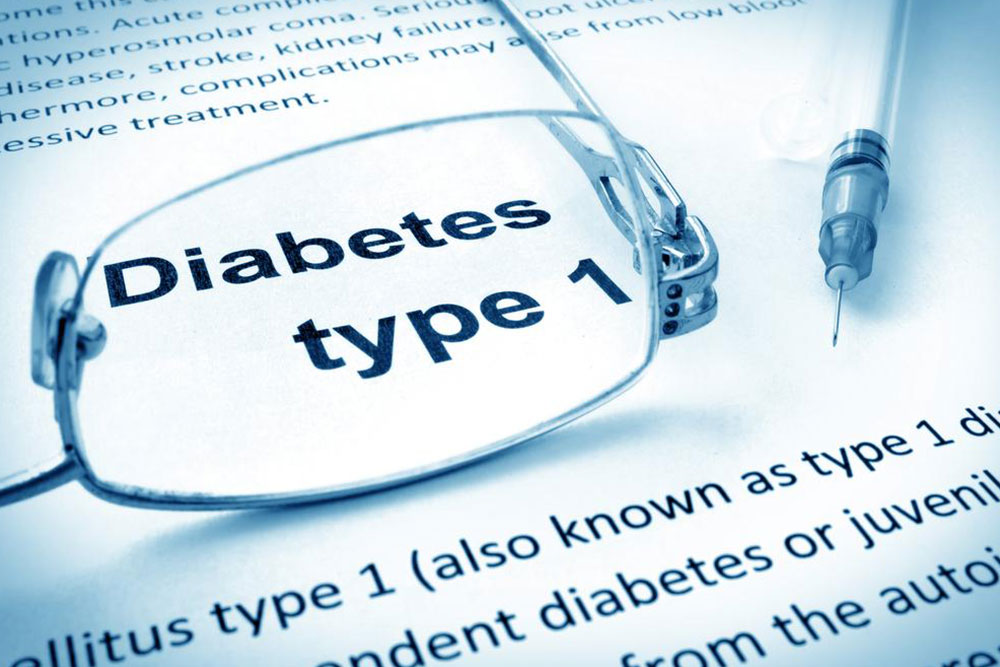Identifying the Causes and Symptoms of Type 1 Diabetes
This article covers the causes and early symptoms of Type 1 diabetes, highlighting autoimmune origins, genetic factors, and viral triggers. Recognizing signs like fatigue, excessive urination, and vision issues is crucial for timely diagnosis. Always seek professional medical advice for proper care and management.

Type 1 diabetes arises when the body's immune system mistakenly targets insulin-producing cells in the pancreas, leading to insufficient insulin and high blood sugar levels. Recognizing the root causes and early symptoms is vital for prompt diagnosis and effective management.
Causes of Type 1 Diabetes
This autoimmune condition is primarily driven by the immune system attacking pancreatic beta cells. While the precise cause remains uncertain, genetic predispositions and environmental triggers are influential factors.
Genetic Factors: Specific genes increase vulnerability, making certain populations more susceptible.
Viral Triggers: Infections with viruses such as rotavirus, coxsackievirus, rubella, mumps, cytomegalovirus, and Epstein-Barr are associated with raised risk, possibly initiating autoimmune responses.
Ongoing research aims to better understand other potential causes.
Signs and Symptoms
Persistent fatigue: Chronic tiredness may be an indicator of diabetes.
Increased urination and thirst: Elevated blood sugar causes frequent urination, leading to dehydration and heightened water consumption.
Blurry vision: High glucose levels cause swelling in the eye lens, impairing vision.
Unexplained weight loss: Lack of insulin hampers glucose utilization, prompting the body to burn fat for energy.
Additional symptoms include decreased appetite, stomach pain, vomiting, and skin infections.
Note: This overview offers general health insights based on research and should not substitute professional medical advice. Consult healthcare providers for diagnosis and treatment guidance.


